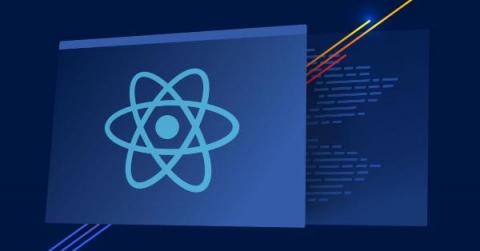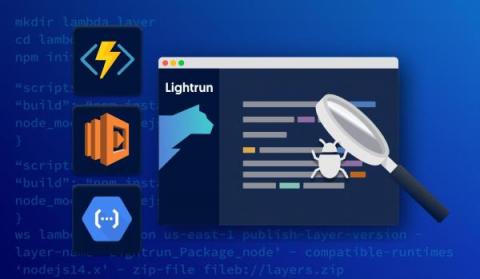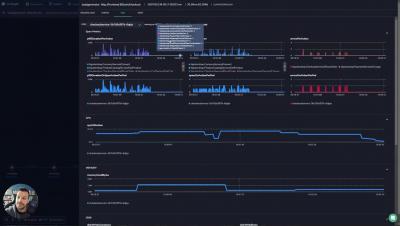The 2023 guide to React debugging
As React is the most popular JavaScript framework for creating component-based applications, you have access to a solid ecosystem of tools, resources, and best practices that can help with React debugging when something goes wrong. To create a high-quality React application, you can’t skip over the debugging phase of your software development life cycle including everything from addressing error messages coming up in the development phase to monitoring live errors in production.











